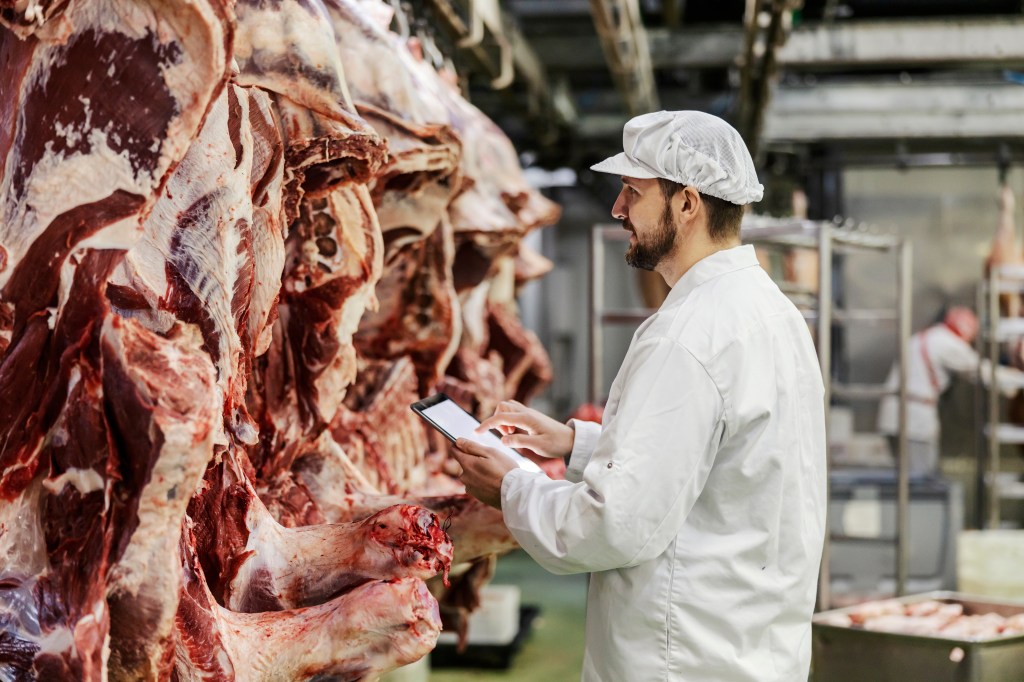Alabama, nationwide cattle inventory down, no surprise for producers
Published 9:29 am Saturday, February 22, 2025

- A new report indicates beef production is down in Alabama and nationwide. Stock art
AUBURN UNIVERSITY, Ala. — The United States Department of Agriculture released its 2025 cattle inventory report Jan. 31. The report showed a 1 percent decrease in the national cattle inventory in comparison to 2024, but Alabama Cooperative Extension System economists and regional agents said this came as no surprise to producers.
“The report indicates a trend that we have been watching for several years, so it wasn’t an unexpected drop,” said Max Runge, an Alabama Extension economist. “While it wasn’t a surprise, the total inventory of 86.88 million head still influences the estimates of beef production nationwide and prices in the future.”
Beef Production Background
The report includes total cattle in the U.S., which includes beef cattle, dairy cows, replacement heifers and stocker calves. Beef cow numbers were down 0.6 percent to 27.86 million head and replacement heifers were down 1 percent to 4.67 million head. However, Extension Agent Ken Kelley said it is important to remember that this report will have revisions.
“These numbers are revised each year,” Kelley said. “The USDA will gather surveys and data reports, then if it is warranted, they can revise the previous year’s data. This is always something to keep in mind as you think about these numbers.”
Alabama Update
Runge said although Alabama has only 43 percent of the cattle inventory they had 50 years ago. The cattle industry is still an important component of the state’s agriculture industry.
While some products such as eggs are experiencing shortages due to industry-affecting disease or disruption, there is no concern about beef supplies and stores remain stocked with beef.
“Alabama is primarily a cow-calf state which means our product is feeder calves with the majority of our calves sent to be finished in feedlots further west,” Runge said. “Since covid, we have seen some locally finished beef in Alabama.”
“We may have fewer head nationally, but because beef is still profitable and desirable, producers are putting more weight on the cattle to make up for the physical number deficit,” Kelley said.
Kelley said another cooking trend has been beneficial for the beef industry.
“Previously beef tallow was a waste product that had no value,” Kelley said. “Now, packers and processors are able to make money selling beef tallow because it is sought after by cooks and barbecuers.”
Kelley said this silver lining has been something some Alabama producers have been able to capitalize on.
Feeding the Nation
While Alabama may not produce high levels of hamburger or steak in-state, the beef on the shelf may have had its start on an Alabama farm down the road from your home.
“Alabama ships a lot of stocker cattle to supply feed lots in the Midwest,” Runge said. “Much of the beef that is in your local grocery store may have been finished in the Midwest, but it was likely born and raised in Alabama.”
Both shopping from a local farmer and buying hamburger or steaks in the grocery store is a good way to support Alabama beef producers.
More Information
Learn more about beef production in Alabama by visiting www.aces.edu.





